|
Advertisement
|
Svenskt brädspel
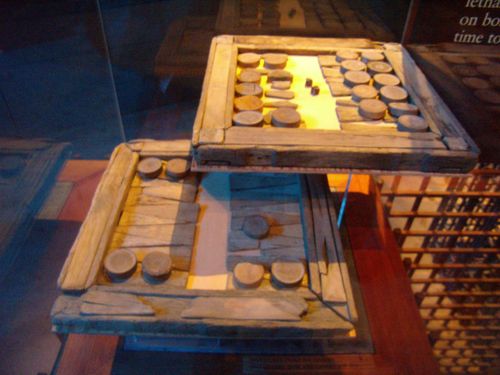
DescriptionSvenskt brädspel (Swedish Tables), more commonly known as just Brädspel or Bräde, is a Backgammon relative native to Sweden. It's the last surviving member of the 17th-century Verkehren/Revertier family of games, that mainly differ from Backgammon in forbidding the closing of the first eleven points - making it possible to win by "locking out" one's opponent, called jan in the Swedish terminology. Brädspel adds to Verkehren a third objective - arranging one's pieces in one of four preset patterns - and rules for hitting a closed point under special circumstances. A Brädspel table was brought aboard the warship Vasa on her ill-fated maiden voyage in 1628. When the ship was salvaged in 1961, that board rekindled interest in the game, helping it survive where other Verkehren games died out. Today, the game is governed by the Swedish Tables Association of the Vasa Museum, which holds annual championships right next to old Vasa. RULES: The game consists of a board (similar to a backgammon board), 15 checkers (game pieces) each of two colours for a total of 30 pieces, and 2 regular dice. The fields are called tongues and are numbered from 1-24 for each player, starting with 1 at the top right tongue as seen from the player, and going counterclockwise around the board with 24 in the lower right corner. Tongue number 1 is called a player’s ”home” and number 12 is referred to as "huk". Fields 1-6 constitute the first quarter, 7-12 the second, 13-18 the third, and 19-24 the fourth. Preparations: Each player choses one color and places all his/her 15 checkers on his/her home tongue in the upper, right corner. The starting order for the first game is determined by rolling one die each after which the player with the lowest result goes first. In consecutive games the loser of the previous game starts. Gameplay: There must never be game pieces of opposite colors on the same tongue. A player may have no more than one game piece each on tongues nr 2-11, and once the home has been reduced to one game piece the same applies to that field. On tongues 12-24 the number of the player's own game pieces is unlimited. If a game piece lands on a tongue with a single opponent piece, that piece is ”beaten,” meaning that it is temporarily taken out and has to re-enter the game by landing on a tongue in the first quarter that is either vacant or has a single piece of the opponent’s colour. (See exception under blasting – b below) No other moves are allowed for a player with one or more beaten pieces until they are all back in play. Two or more pieces of the same colour on a tongue are referred to as bands. A game piece may normally not land on one of the opponent's bands. (Exception explained under ”blasting” a-b below.) Blasting: Winning conditions: 1. "Home play" Exiting the board with all 15 checkers. (1 point for winner) 2 ”Beautiful game” (1 point for winner) 3. "Monk" (2 points for winner) 4. "Jan" (2 points for winner) 5. "Blast-Jan" (4 points for winner) Game DiscussionsAdd CommentYou need to be logged in to comment. Insert Bullet List Please enter at least one item. Item: Item: Item: Item: Item: Insert Numeric List Please enter at least one item. Item: Item: Item: Item: Item: Insert Link Please enter the link of the website Optionally you can add display text Insert Email Please enter the email address Optionally add any display text Insert Image Please enter the link of the image Insert YouTube Video Please enter the link of the video MarketplaceNo listings at the moment. Do you own this game? Click here to list it for sale.
|
Best Sellers
Board Games
|
||||
Latest Searches: coffin | forbidden bridge board game | palm springs | super monsters lobo | nato | mouse+gujard | Theme dinner parties | virginia tech monopoly | Gilmer+girla | white castle | Catchphrase | Headband | broom | weed wars | NEWARK- OPOLY | legend spryzen | chess table | tabletopics couples | red dot | yolo | Memory Madness | Don’t drop mama | iron man arc fx repulsor toy | Roseville opoly | Glasses | North carolina | in you face | mugs | plants vs zombies | mani
All Rights Reserved

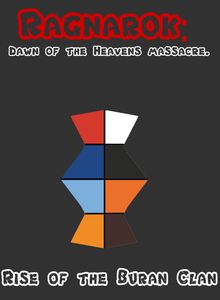
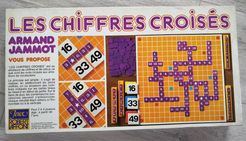


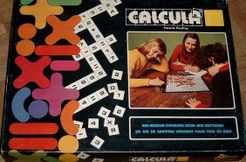
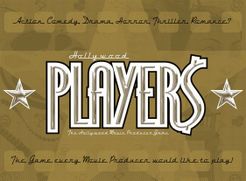
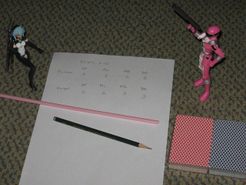

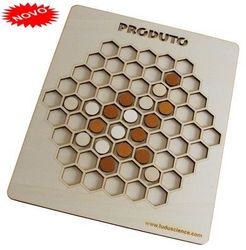
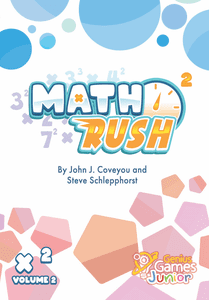
Comments (0)